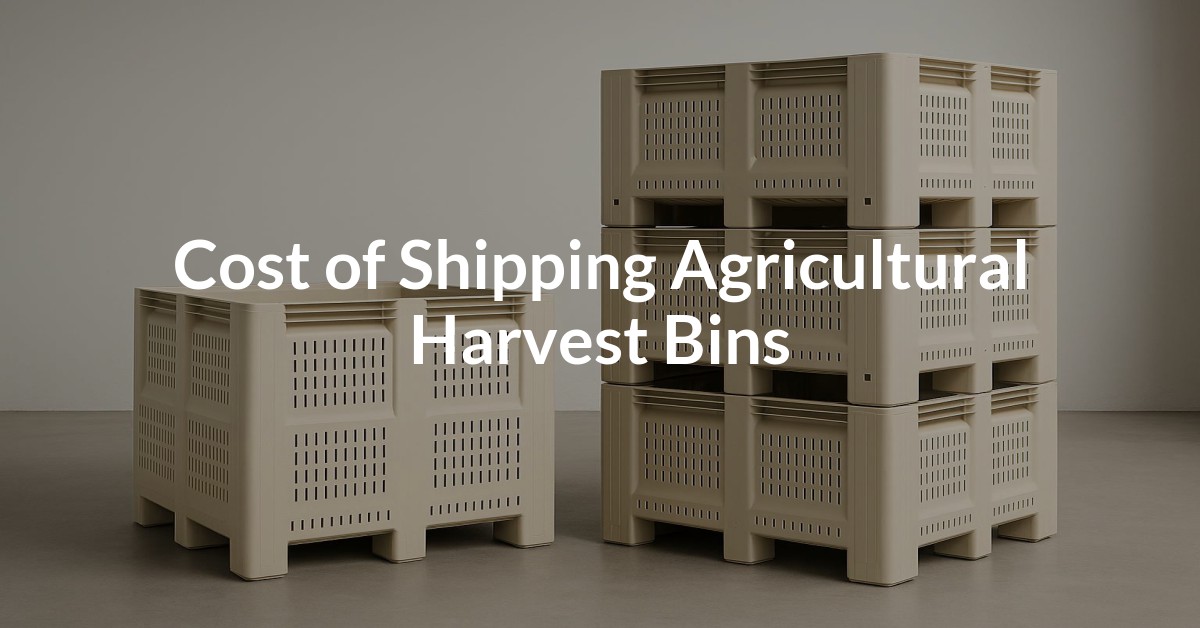Shipping collapsible bins can be efficient and cost-effective when you accurately determine their freight class. This guide aims to provide you with comprehensive information on understanding the freight class for collapsible bins, the factors that affect it, and how Freight Sidekick services can help streamline your shipping processes.
Understanding Freight Class for Collapsible Bins
Freight class is an important factor in determining shipping costs for collapsible bins. It is influenced by four main criteria: density, stowability, handling, and liability. Proper classification ensures accurate pricing and smooth transit of your shipments.
Determining Freight Class: Step-by-Step Process
- Measure Dimensions: Accurately measure the length, width, and height of the collapsible bins when collapsed and fully assembled.
- Determine Weight: Weigh the bins to ascertain the shipping weight, including packaging materials.
- Calculate Density: Divide the weight by the volume to get the density in pounds per cubic foot.
- Utilize Freight Class Tools: Use our Freight Class Calculator to input these values and determine the applicable freight class.
- Consult NMFC Guidelines: Verify the freight class with the National Motor Freight Classification (NMFC) if necessary.
Types of Freight Services for Collapsible Bins
Freight Sidekick offers various freight services suitable for shipping collapsible bins, ensuring flexibility and efficiency.
- Full Truckload (FTL): Ideal for large quantities of bins, with options such as Dry Van and Flatbed trailers.
- Less Than Truckload (LTL): Cost-efficient for smaller shipments, up to 15,000 lbs, using enclosed trailers.
- Partial/Shared Truckload: Suitable for medium-sized shipments ranging from 12-36 feet and up to 30,000 lbs.
- Smaller Equipment: Utilize box trucks, cargo vans, or gooseneck trailers for immediate and local deliveries.
Handling and Loading Procedures
Careful handling of collapsible bins is essential to prevent damage. Ensure the bins are properly folded and secured, and avoid stacking them beyond their weight limit during transit.
- Ensure proper palletization for stability during shipping.
- Use appropriate lifting equipment like forklifts or hand trucks to maneuver.
- Secure the collapsible bins with straps or shrink wrap to prevent movement.
Cost-Saving Strategies
Shipping collapsible bins can be budget-friendly if you adopt strategies that optimize pricing.
- Optimize Load: Maximize the number of bins per shipment to utilize full trailer space.
- Choose the Right Timing: Off-peak periods might offer better rates due to lower demand.
- Bundle Shipments: Group smaller shipments for economies of scale.
- Utilize Shipping Tools: Get free quotes using our Freight Quote Tool to compare shipping options.
Get Personalized Assistance for Shipping Collapsible Bins
Get a quote today, call us at 877-345-3838 or email support@freightsidekick.com.











